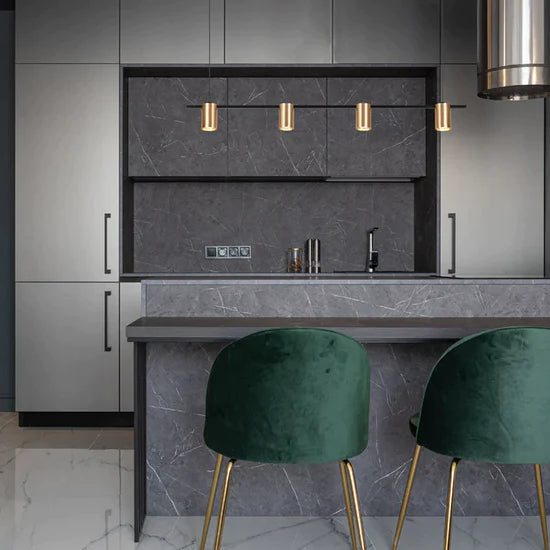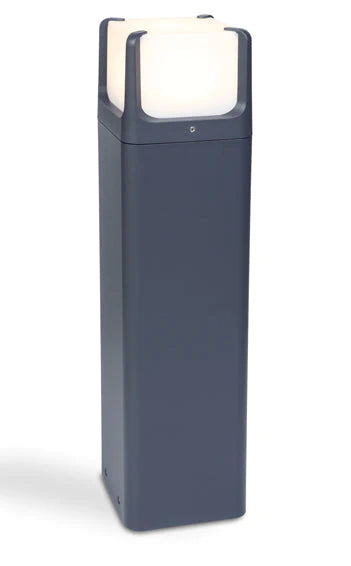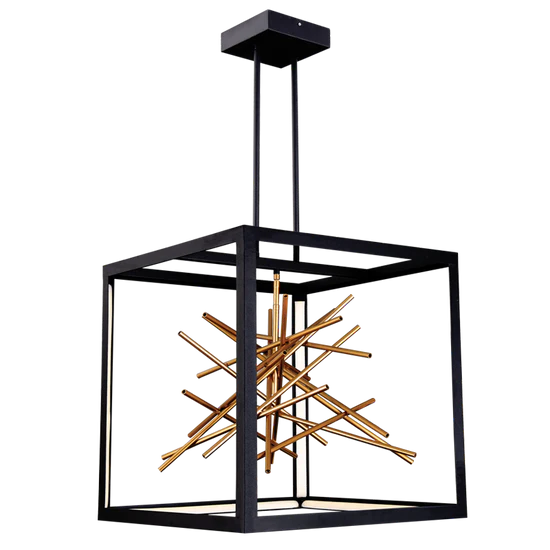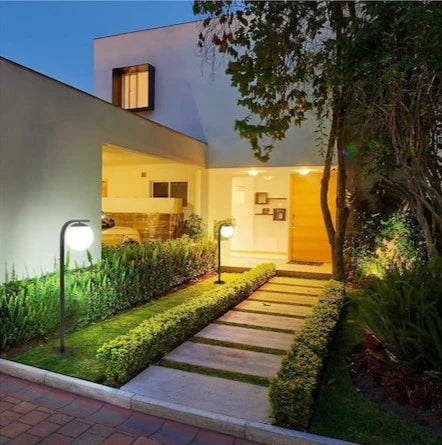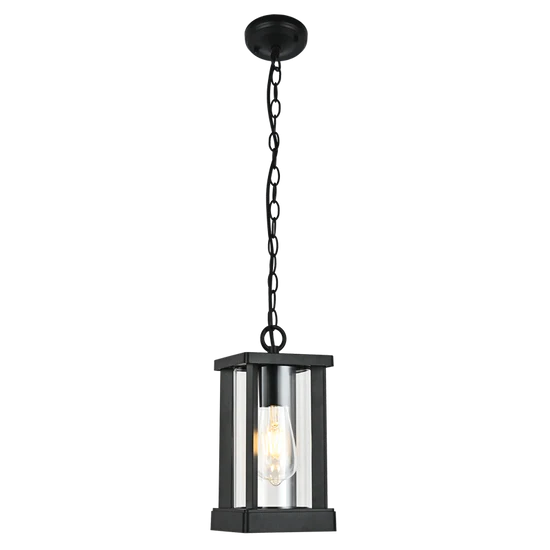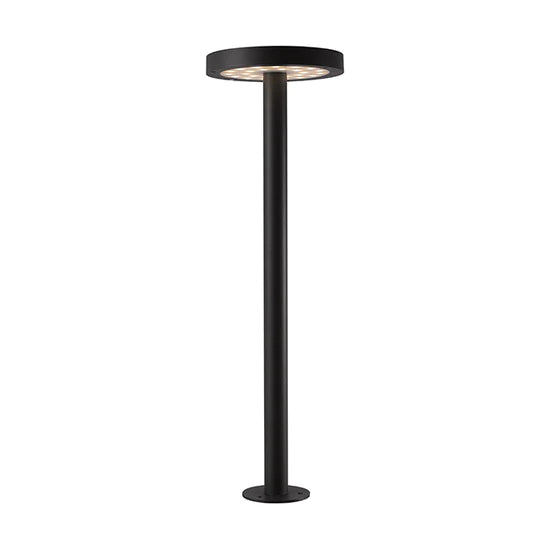The world’s longest-burning bulb lives at a fire station in Livermore, California. It has been going almost continuously for over 110 years. Its reward for seeing all this action is a Guinness World Record, its own website (complete with webcam so you can see for yourself) and a continuous stream of lighting aficionados making pilgrimages to celebrate yet another year. Tales of conspiracy are rife in Livermore: surely this proves that we’ve all been robbed for the past century by lighting companies deliberately making lamps fail to make a fast buck.
So how has this freak of the lighting world managed to see itself through two world wars and countless economic disasters? The truth probably lies in its power supply. It is never switched off, and its 60W of power is dimmed to a mere four watts. Switching kills many types of lamp – that’s why they always fail just as you turn them on. The stress of the start-up is what causes the damage.
LEDs can be switched millions of times without failing, so a dimmed LED switched on for an hour a day could last for tens of thousands of years, only to be extinguished by the shifting of continents. So why can’t we have these super long-life devices?
Fifty-thousand hours is a figure seen often on LED data sheets and in lighting manufacturers’ catalogues. That’s nearly six years. Now we are starting to see manufacturers giving 10-year warranties – up to about 90,000 operating hours, in theory. At the other end of the scale some LED replacement lamps are rated at just 25,000 hours. So why the difference? After all, many of these products are using the same chips.
The answer is it’s all down to a complex trade- off – you could probably produce a 100-year rated LED bulb, but it might not be very bright and no-one would stump up the cash to buy it. In any application the trade-off between achieving the right amount and quality of light, combined with space and thermal factors, determines the cost of the product and its life.
LED bulbs are easier to replace, and they’re constantly getting cheaper and better anyway. So do we need expensive 50,000- hour lamps today? Wouldn't we be better off with a 25,000-hour lamp for a fraction of the price?
Take an example. If you put a 50,000-hour LED bulb in a bathroom which is used for a total of an hour a day, but switched off and on around 10 times a day, the 50,000-hour lamp would last for 57 years. Even if you haven’t moved house or shuffled off this mortal earth by then, I’m sure the room it’s in will have been refurbished once or twice. A 25,000-hour product would do a perfectly respectable 25 years.
We at Future Light believe that most people will be perfectly happy with a 25,000 hour LED Lamps - the price is reasonable, they'll last longer than you'll probably need anyway and they'll still save you a ton of money!
If you agree then I think you'll be quite excited to see our new 5W LED Bulb for only R60 incl VAT and our new 7W LED Bulb for only R80 incl VAT
We still guarantee them for 2 Years, they still replace 45W and 60W Incandescents and they come in all the fittings and colour options you need but they're now 30% cheaper.....
Check them our here: LED Bulbs






















































